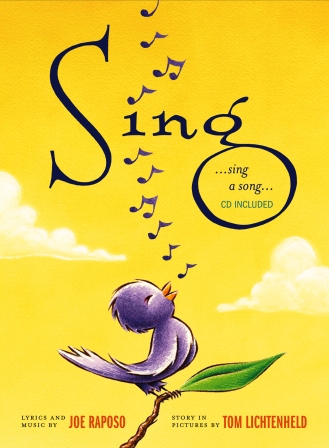Spring is finally here! Of course that means that summer vacation is just weeks away. As I browse the posts in the music teacher circles I see questions on final concert pieces, concert planning for next year, and end of year activities. I thought about some of the things that I do at the end of the school year with my students. We are still practicing our final concepts, re-enforcing musical learning and fun. Now that most concerts are finished and talent shows are programmed, I tend to look at opportunities for being outside and planning my own summer
If you don't have a stash in your classroom, snag a couple of playground balls, scarves, and a parachute. You will need these. Next create a list of all the games you have played in your classroom. Think of circle games, double line games, chase games, hand clapping, jump rope, and anything else you want to put on the list. Need some inspiration? Ask your students. Check YouTube. Think of what you used to sing/play as a kid at summer camp. Keep in mind, that you will be taking these outside, and unless you have a fabulous outdoor sound system you don't mind hauling back and forth every class, you and your students will be singing a capella. Speaking of, make sure you have your tuning fork and building keys. (Laundry baskets or crates work well for carrying supplies.)
All set?
Good!
Let's play!
Remind your students that these are things that they can play with their family, summer camp groups, day care groups, and so much more. As a Kodály inspired teacher I believe that some of these came from the playground and children playing outdoors, and they should continue to live on the playground and outdoors.
Now that you have a long list of fun and exciting songs and games, create a list/lyrics/directions to send home to parents. You can even have your older students help you compile and write out their favorites. They will have something to remember their musical repertoire and carry the joy of music home and into the summer.
Have a musical day!!!
Jennifer





.jpg/1200px-Chugach_Mountains_from_Anchorage_(1).jpg)